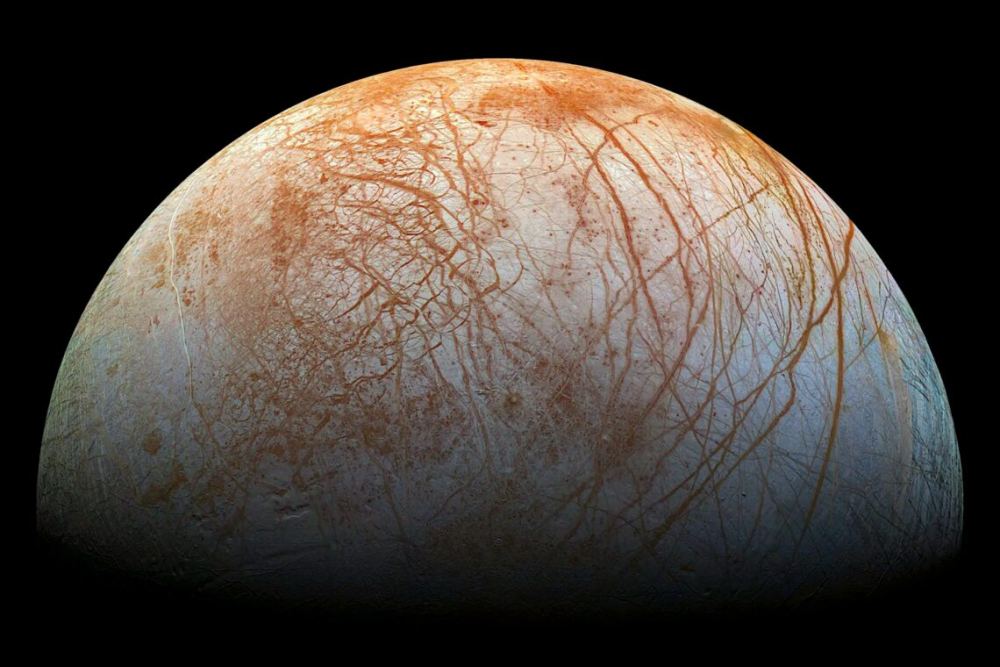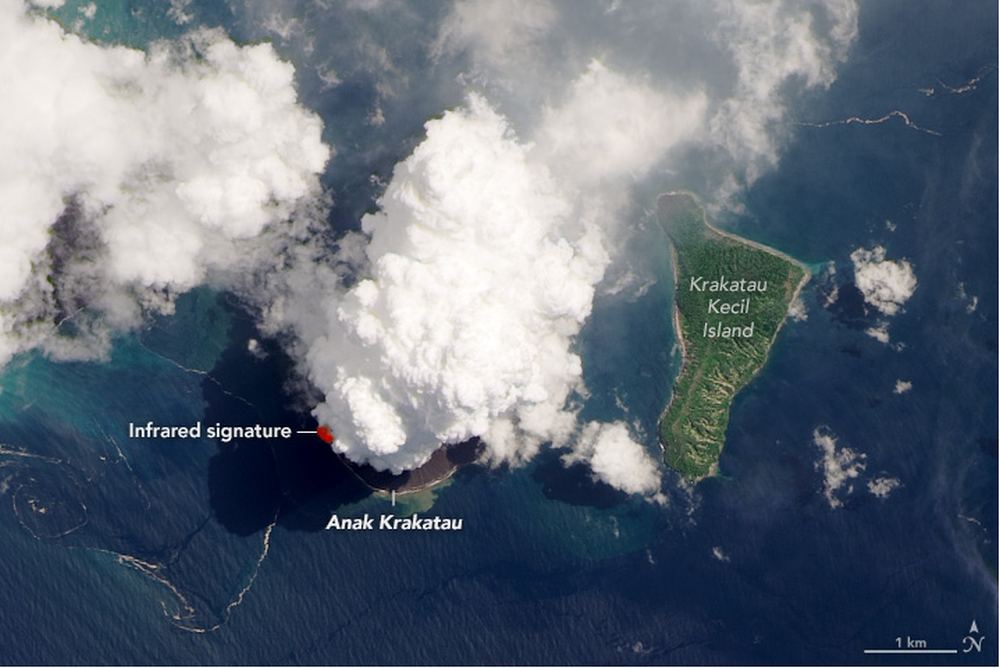The Search for Life in our Solar System leads seekers to strange places. From our Earthbound viewpoint, an ice-covered moon orbiting a gas giant far from the Sun can seem like a strange place to search for life. But underneath all that ice sits a vast ocean. Despite the huge distance between the moon and the Sun and despite the thick ice cap, the water is warm.
Of course, we’re talking about Enceladus, and its warm, salty ocean—so similar to Earth’s in some respects—takes some of the strangeness away.
Continue reading “Enceladus’s Fault Lines are Responsible for its Plumes”




